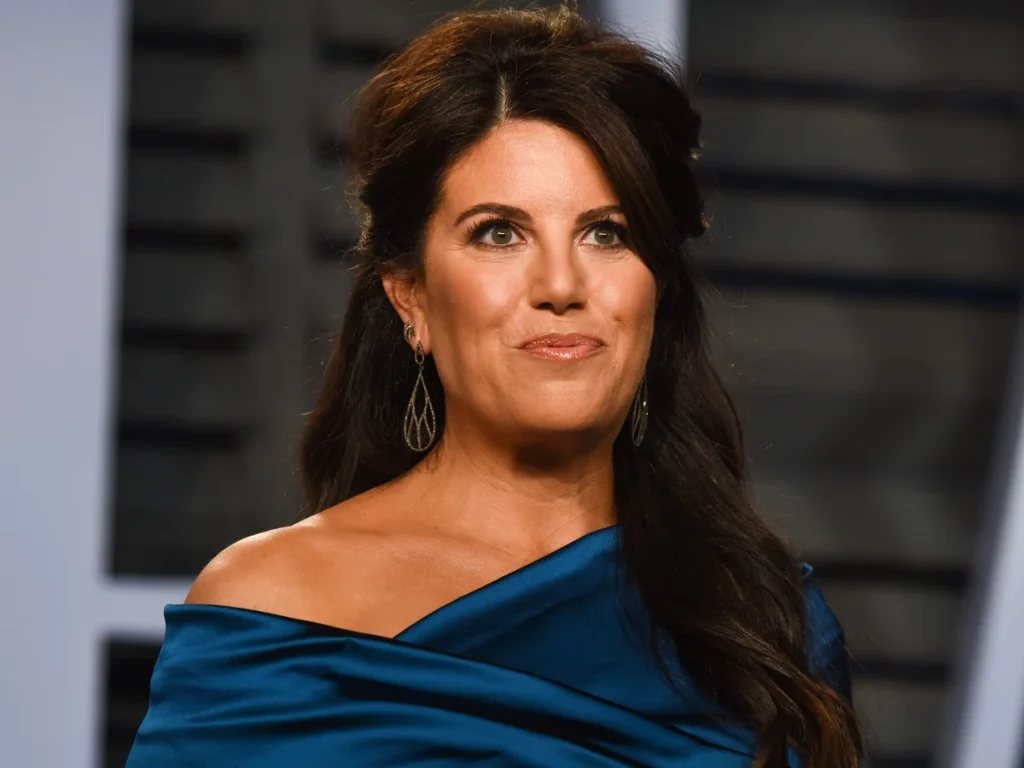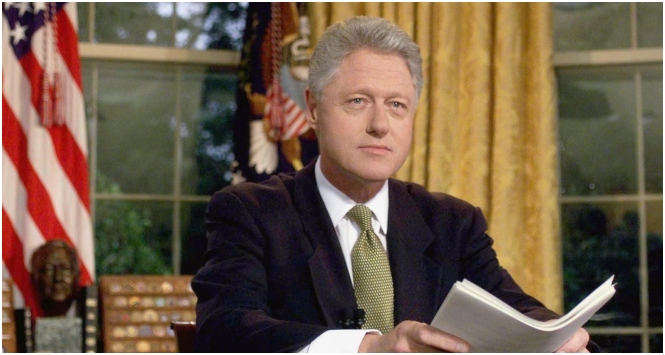In January 1998, President Bill Clinton’s second term in office was suddenly overshadowed by allegations that would trigger only the second impeachment of a U.S. president in history.
The central figure in the case wasn’t a foreign adversary or a political opponent, but Monica Lewinsky, a 22-year-old former White House intern. What began as a private relationship escalated into a constitutional confrontation—one that tested the limits of presidential accountability and the power of legal institutions.
The Origins of the Scandal
The Lewinsky affair emerged from a separate investigation already underway. In 1994, Independent Counsel Kenneth Starr had been appointed to investigate the Clintons’ involvement in a failed Arkansas real estate venture known as Whitewater.
Over time, the scope of the inquiry expanded. By 1997, Starr’s office had begun examining allegations involving sexual harassment claims made by Paula Jones, a former Arkansas state employee who had filed a civil lawsuit against Clinton.
Monica Lewinsky entered the picture when Linda Tripp, a Pentagon employee and confidante of Lewinsky, turned over secretly recorded phone conversations in which Lewinsky described a sexual relationship with President Clinton. Tripp also provided what became known as “the blue dress,” allegedly stained with the president’s DNA—physical evidence that contradicted Clinton’s public denials.

The Perjury Trap
The legal turning point occurred when President Clinton gave sworn testimony in the Paula Jones civil case in January 1998. Under oath, Clinton denied having a sexual relationship with Lewinsky. That denial—when confronted with the mounting physical and testimonial evidence—set off a chain reaction.
Clinton’s sworn statements led to accusations that he had committed perjury and obstructed justice. Starr’s office argued that Clinton had not only lied under oath but had also encouraged others, including Lewinsky, to submit false affidavits and conceal evidence.
By September 1998, the Office of the Independent Counsel submitted the Starr Report to Congress. The report laid out eleven possible grounds for impeachment, highlighting obstruction of justice, perjury before a federal grand jury, and abuse of power.
House Impeachment
The House of Representatives, then controlled by Republicans, moved swiftly. After heated debate and partisan division, the House voted on December 19, 1998, to impeach President Clinton on two articles: perjury to a grand jury and obstruction of justice. Two other articles—perjury in the Paula Jones case and abuse of power—failed to garner enough support.
Clinton became only the second U.S. president to be impeached, following Andrew Johnson in 1868. The vote was historic, but it was clear from the outset that a conviction in the Senate would be an uphill battle.
Senate Trial and Acquittal

In January 1999, the U.S. Senate opened its impeachment trial. Chief Justice William Rehnquist presided over the proceedings, as mandated by the Constitution. The trial lacked the drama of a courtroom, with few witnesses and a limited evidentiary record. The Senate ultimately acquitted Clinton on both counts: 45-55 on perjury (well short of the 67-vote threshold) and 50-50 on obstruction of justice.
Although Clinton remained in office, the impeachment left a lasting mark. He was disbarred from practicing law in Arkansas and paid a $25,000 fine. The scandal also defined much of the political climate of the late 1990s, deepening partisan divides and elevating questions about personal conduct in public office.
Legal and Ethical Fallout
The impeachment raised critical legal questions about the boundaries of executive power, the meaning of perjury, and the relevance of private behavior in public accountability. Critics argued that the proceedings weaponized the legal process for political ends, while supporters claimed it was a necessary response to unlawful behavior.
Clinton’s legal team, led by David Kendall, maintained that the president’s statements did not meet the legal threshold for perjury and that the entire investigation was an overreach. Kenneth Starr, on the other hand, maintained that the rule of law demanded consequences for lying under oath—especially by the nation’s highest elected official.
The legal profession also saw ripple effects. The episode prompted conversations about prosecutorial discretion, attorney ethics, and the role of independent counsels. Congress allowed the law authorizing the Office of the Independent Counsel to expire in 1999.
Human Dimensions
Monica Lewinsky, though not charged with a crime, faced years of public scrutiny and ridicule. In later interviews and writings, she described the emotional toll of the ordeal, including the lack of legal or personal protection during the investigation. Her story helped prompt modern conversations about power dynamics, consent, and media harassment.
President Clinton’s approval ratings remained high throughout the impeachment process, reflecting a disconnect between public sentiment and institutional accountability. But the legal and political scars remained.
Legacy of a Constitutional Clash
More than two decades later, the Clinton-Lewinsky scandal remains a defining moment in the legal and political history of the United States. It underscored how private misconduct could evolve into a public and constitutional crisis. It also exposed vulnerabilities in the separation of powers and raised enduring questions about the balance between law, politics, and personal responsibility.
The impeachment of Bill Clinton did not remove him from office. But it reshaped how future generations—legal professionals, lawmakers, and the public—would understand the meaning of presidential accountability.
Legal Takeaway:
The Clinton impeachment illustrates the complexities of applying legal standards to the conduct of elected officials. While the case involved perjury and obstruction of justice—clearly defined legal terms—the broader context required lawmakers and citizens alike to grapple with what constitutes “high crimes and misdemeanors” under the Constitution.
For legal professionals, the case offers a study in evidentiary interpretation, legal ethics, and the limits of criminal law in the realm of political consequences.

